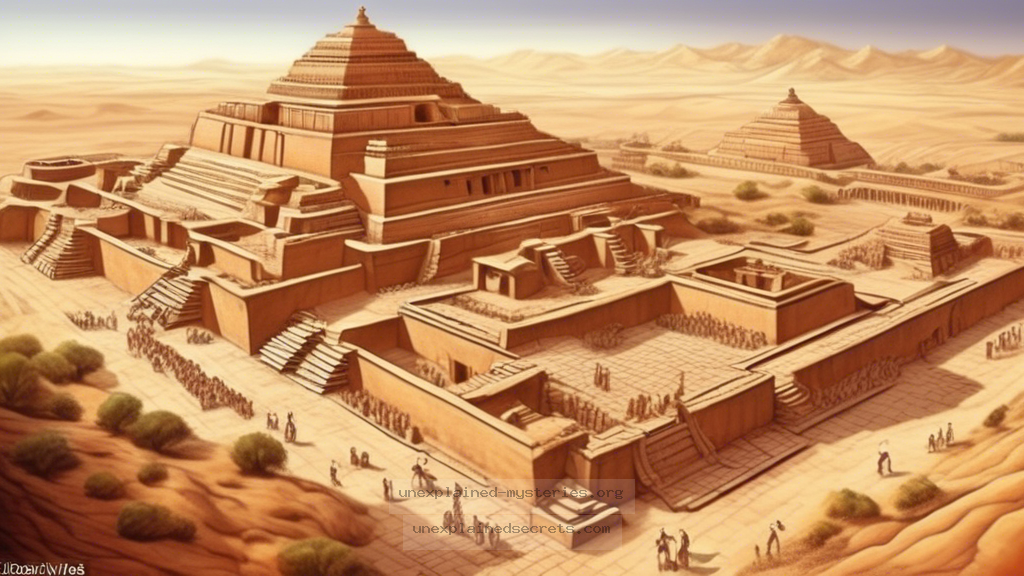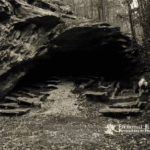What Happened to the Advanced Civilization of the Indus Valley?
What Happened to the Advanced Civilization of the Indus Valley?
The Indus Valley Civilization (IVC) is one of the world’s earliest urban cultures, flourishing around 2500 BCE in what is now modern-day Pakistan and northwest India. Despite its advanced urban planning, sophisticated drainage systems, and extensive trade networks, this civilization mysteriously declined around 1900 BCE, leaving many questions unanswered. This blog post delves into the enigma surrounding the Indus Valley Civilization, exploring its historical context, core concepts, theories regarding its decline, and ongoing research to uncover the truth behind this ancient mystery.
Historical Context of the Indus Valley Civilization
To understand the mystery of the Indus Valley Civilization, we must first explore its historical context. The IVC was contemporary with other great ancient civilizations, such as Mesopotamia and Ancient Egypt. Stretching over 1.25 million square kilometers, the civilization included major cities like Harappa and Mohenjo-Daro, which showcased advanced urban planning characterized by grid layouts and sophisticated drainage systems.
The people of the Indus Valley were skilled in various crafts, including pottery, bead-making, and metallurgy. They engaged in trade with neighboring regions, exchanging goods such as cotton textiles, jewelry, and agricultural products. The presence of standardized weights and measures suggests a complex economic system, further highlighting the civilization’s sophistication.
Theories Surrounding the Decline of the Indus Valley Civilization
The decline of the Indus Valley Civilization is shrouded in mystery, and several theories have been proposed to explain this phenomenon. Some of the most prominent theories include:
- Climate Change: One theory points to significant climate changes leading to droughts and the eventual decline of agriculture, which was the backbone of the IVC’s economy.
- River Shifts: The Indus River, crucial for irrigation, may have changed its course, disrupting the agricultural practices of the civilization.
- Invasion or Conflict: Some researchers suggest that invasions by Indo-Aryan tribes or internal conflicts could have contributed to the civilization’s collapse.
- Social or Economic Decline: Economic troubles or social upheaval could have led to the gradual abandonment of cities.
Core Concepts: Urban Planning and Technology
The IVC is renowned for its advanced urban planning and technological innovations. Cities like Mohenjo-Daro featured well-planned streets, sophisticated drainage systems, and public baths, indicating a high level of social organization and engineering prowess.
The use of fired bricks, standardized weights, and advanced metallurgy techniques demonstrates the civilization’s technological capabilities. Their ability to create cotton textiles suggests a deep understanding of agriculture and trade, as they cultivated cotton and utilized it in their fabric production.
Practical Evidence and Archaeological Findings
Archaeological excavations have revealed a wealth of information about the Indus Valley Civilization. Artifacts such as pottery, seals, and tools provide insight into the daily lives of its inhabitants. The discovery of large granaries indicates that the civilization had surplus food, which would have supported urban populations.
Moreover, the intricate seals, often depicting animals and script, hint at a complex communication system. However, the inability to decipher the script has left many aspects of their culture and administration a mystery.
Alternative Perspectives on the Civilization’s End
While many theories propose explanations for the decline of the Indus Valley Civilization, some scholars argue for alternative perspectives. For instance, recent studies suggest that the civilization may not have experienced a sudden collapse but rather a gradual transformation. This perspective posits that as environmental conditions changed, the IVC people may have migrated to more sustainable areas rather than completely abandoning their culture.
Furthermore, the idea that the IVC simply merged with incoming cultures rather than falling victim to invasion presents a more nuanced understanding of historical continuity.
Common Misconceptions and Clarifications
One common misconception is that the Indus Valley Civilization vanished overnight. In reality, evidence suggests a gradual decline and transformation rather than a sudden disappearance. Additionally, some believe that the IVC was a homogeneous culture, whereas archaeological findings indicate significant diversity in practices, crafts, and possibly languages.
Best Practices for Investigating Lost Civilizations
For researchers and enthusiasts aiming to study lost civilizations like the Indus Valley, several best practices can enhance the investigation:
- Interdisciplinary Approach: Collaborating with experts from various fields, such as archaeology, anthropology, and environmental science, can lead to a more comprehensive understanding.
- Utilizing Technology: Employing modern technology, such as satellite imagery and ground-penetrating radar, can uncover hidden sites and artifacts.
- Public Engagement: Involving local communities in archaeological efforts can lead to the preservation of cultural heritage and may provide valuable insights.
Future Developments and Ongoing Research
The study of the Indus Valley Civilization is far from complete. Ongoing research continues to shed light on its complexities and mysteries. Recent excavations and technological advancements are helping archaeologists uncover new sites and artifacts, potentially leading to revelations about the civilization’s culture, economy, and eventual decline.
Moreover, interdisciplinary studies that focus on climate data and ancient agricultural practices are becoming increasingly important in understanding the environmental challenges faced by the IVC. Such research may provide a clearer picture of how the civilization adapted or succumbed to changing circumstances.
Conclusion: The Enduring Mystery of the Indus Valley Civilization
The Indus Valley Civilization remains one of the most captivating mysteries of ancient history. Its advanced urban planning, technological innovations, and eventual decline raise questions that continue to intrigue scholars and enthusiasts alike. While theories abound regarding its downfall, the truth may lie in a combination of factors that we are still striving to uncover. As ongoing research sheds light on this enigmatic civilization, we are reminded of the complexity and resilience of human cultures throughout history.
In our quest to understand the past, the story of the Indus Valley Civilization serves as a powerful reminder of the fragility of human achievement and the mysteries that remain buried beneath the sands of time.
Other Articles
Recent Posts
- What Happened to Flight MH370? The Conspiracy Theories That Still Haunt Us
- What Secrets Lurk Within the Walls of the Infamous Trans-Allegheny Lunatic Asylum?
- What Evidence Supports the Existence of Bigfoot in the Pacific Northwest?
- What Happened to the Indus Valley Civilization? Unraveling the Mysteries of Ancient Urban Life
- Can Telepathy Be Scientifically Proven Through Laboratory Evidence?







